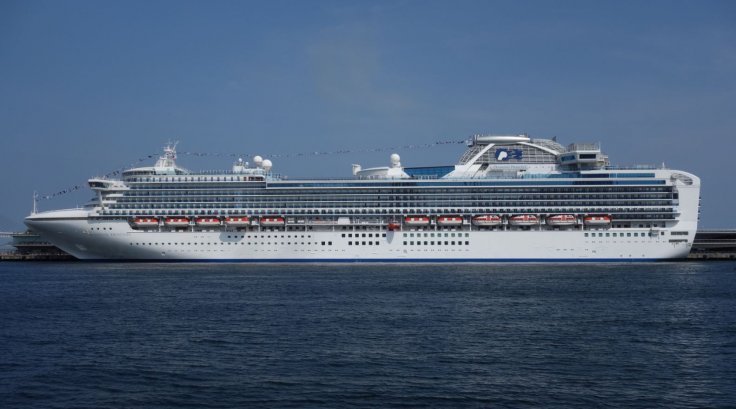Did the quarantine of the cruise ship Diamond Princess for over two weeks lead to increased spread of coronavirus among the passengers on board? Possibly yes, says a new study.
According to the paper by researchers from Umea University in Sweden, instead of preventing the spread of infection, the quarantine achieved the opposite.
"The infection rate onboard the vessel was about four times higher than what can be seen on land in the worst infected areas of China. A probable cause is how close people stay to one another onboard a vessel," said Joacim Rocklöv, Professor of epidemiology at Umea University and principal author of the article, in a statement.
Quarantine of Diamond Princess
A passenger who got off in Hong Kong tested positive for the infection on 1 February, six days after he disembarked the British-registered ship. Following this, the Japanese Ministry of Health placed the ship under quarantine on 4 February, with 2,666 guests and 1,045 crew on board. During the course of the quarantine period, several cases were reported on a daily basis. When the preventive confinement finally ended on 19 February, 619 passengers in total had tested positive for coronavirus infection.

However, after the passengers were finally allowed to disembark the ship at the Yokohama port, more cases and deaths among them have been reported. Currently, 705 cases from the ship have been reported in total, along with six deaths.
Timely evacuation could have prevented the outbreak
Rocklöv emphasised that the immediate evacuation of the ship upon its arrival in Yokohoma could have resulted in a significantly lesser number of infections. "If the ship had been immediately evacuated upon arrival in Yokohama, and the passengers who tested positive for the coronavirus and potential others in the risk zone had been taken care of, the scenario would have looked quite different."
The researchers also stressed that according to their estimation, the number of infected could have been as low as 70 — less than 10 percent of the current total of 705 that the quarantine possibly led to. While he agreed that the response by the Japanese authorities was a justifiable one, it also was contentious, Rocklöv said.

"The precautionary measure of putting the entire ship under quarantine was understandable, but due to the high risk of transmission on the ship, the decision is now questionable," stated Rocklöv. However, the study also pointed out that preventive isolation within the ship prevented the ballooning of the number of infections which could have increased by another 2,300.
Quarantine measure a failure?
Social media posts by passengers aboard the ship made headlines across the world. While some videos reflected the mundane life on the ship during the quarantine, others were pleas made by passengers to their governments and families. While the ordeal is over, experts, including officials from Japan, admit that the measure was largely a failure.
Shigeru Omi, a former regional director for the World Health Organization and a member of the government panel, was quoted as saying by the Associated Press: "Of course isolation was not as ideal as would be expected from a hospital, so in my view although the isolation was somehow effective, to a large extent it was not perfect."









